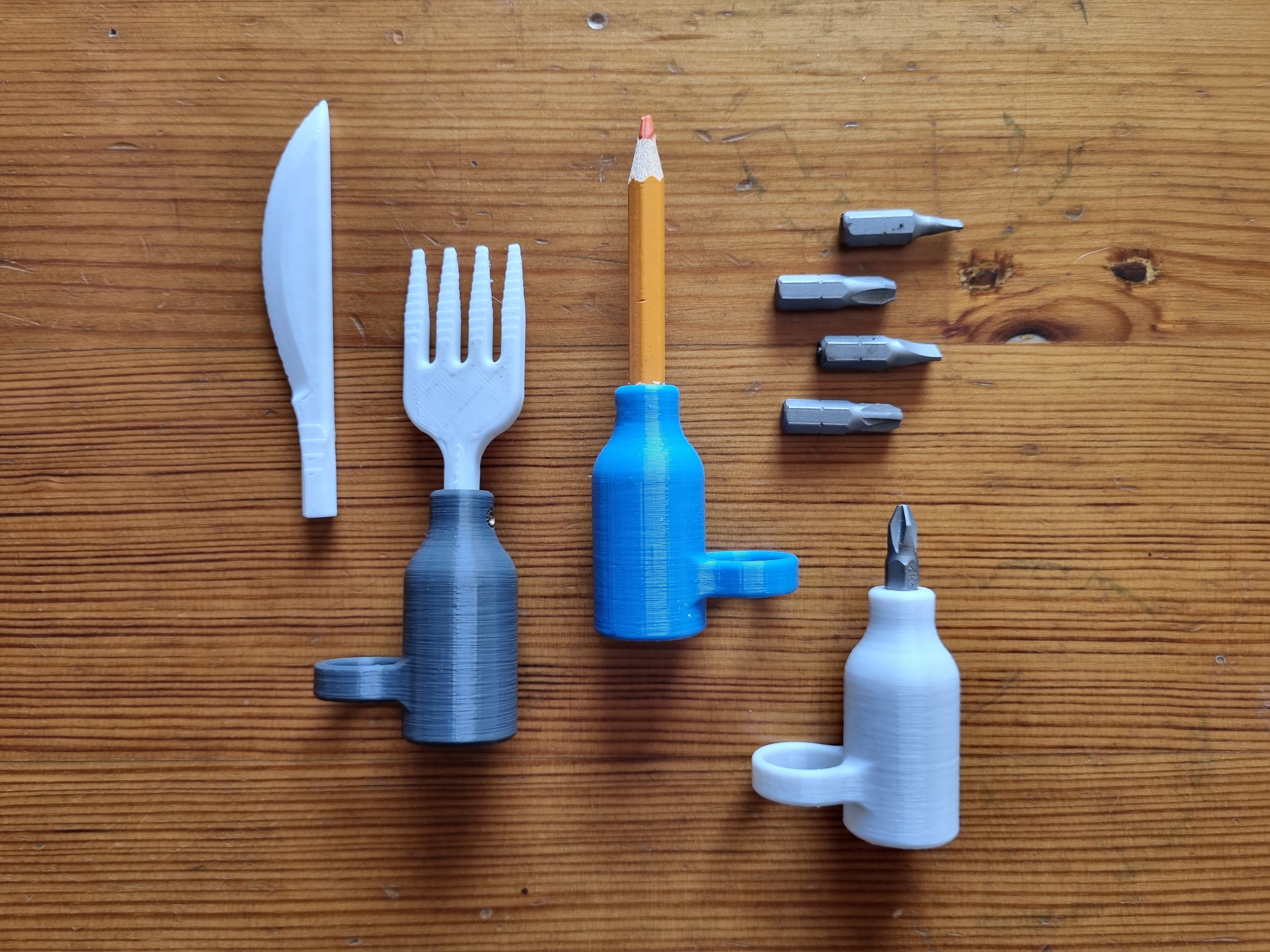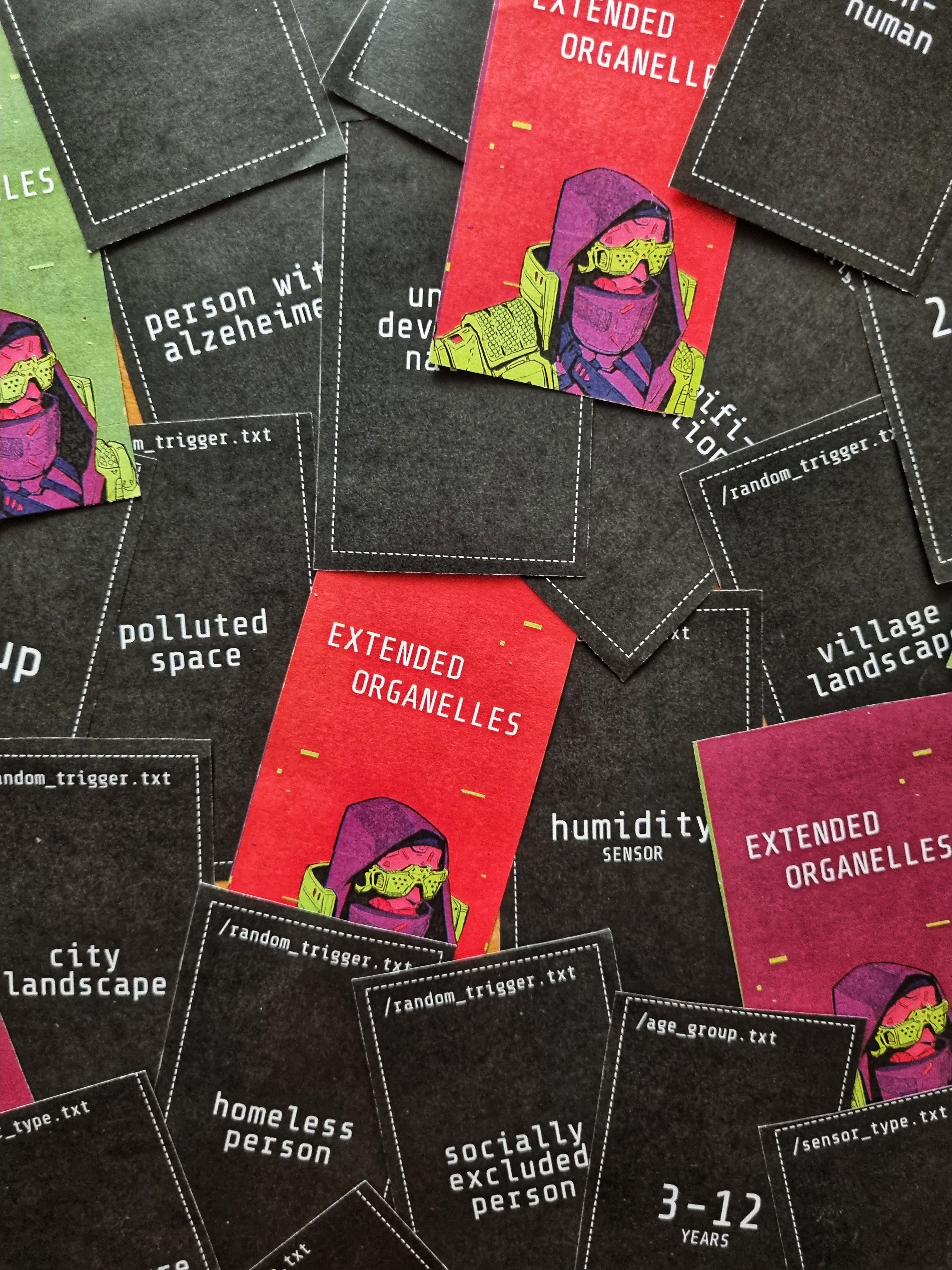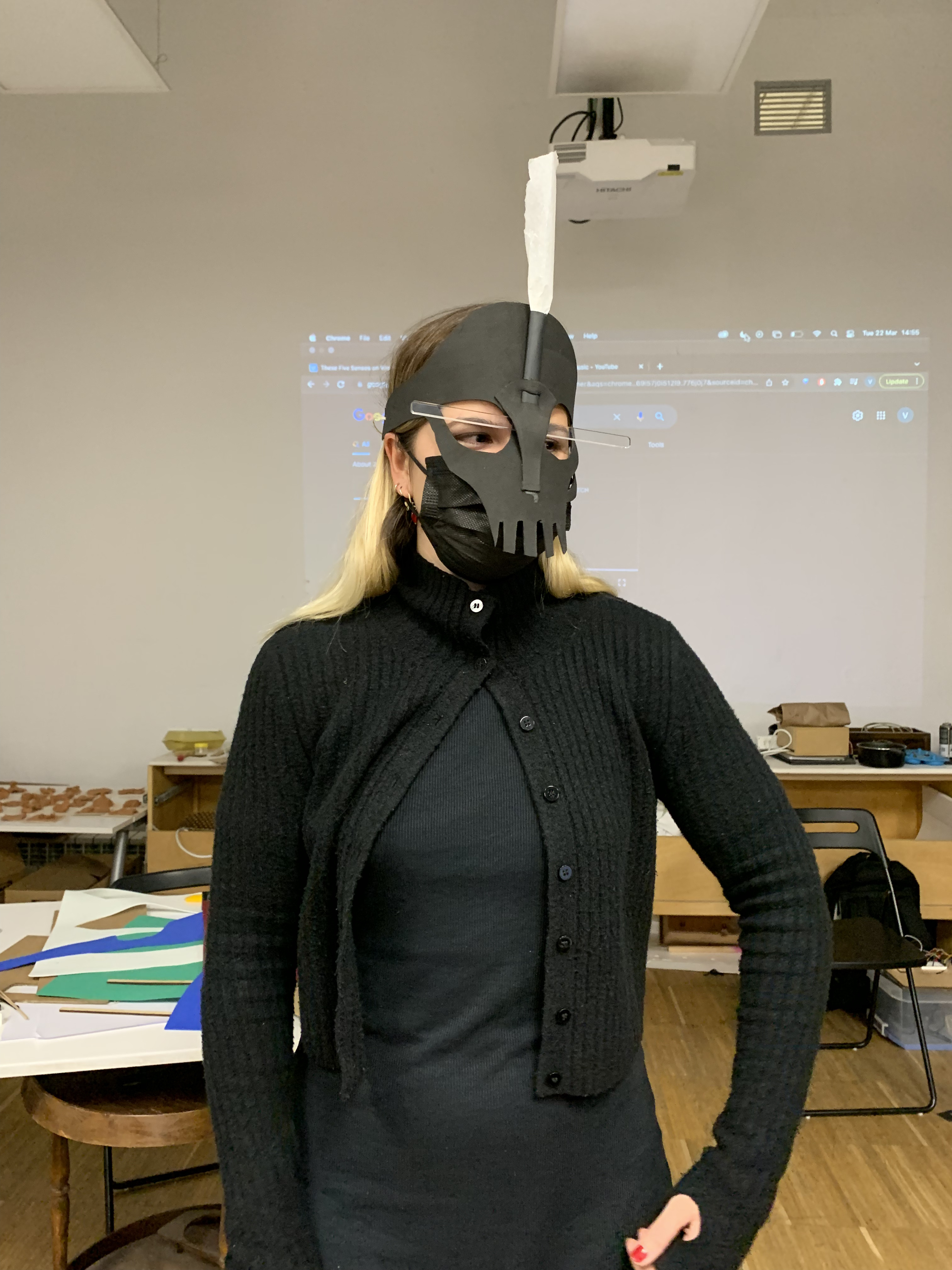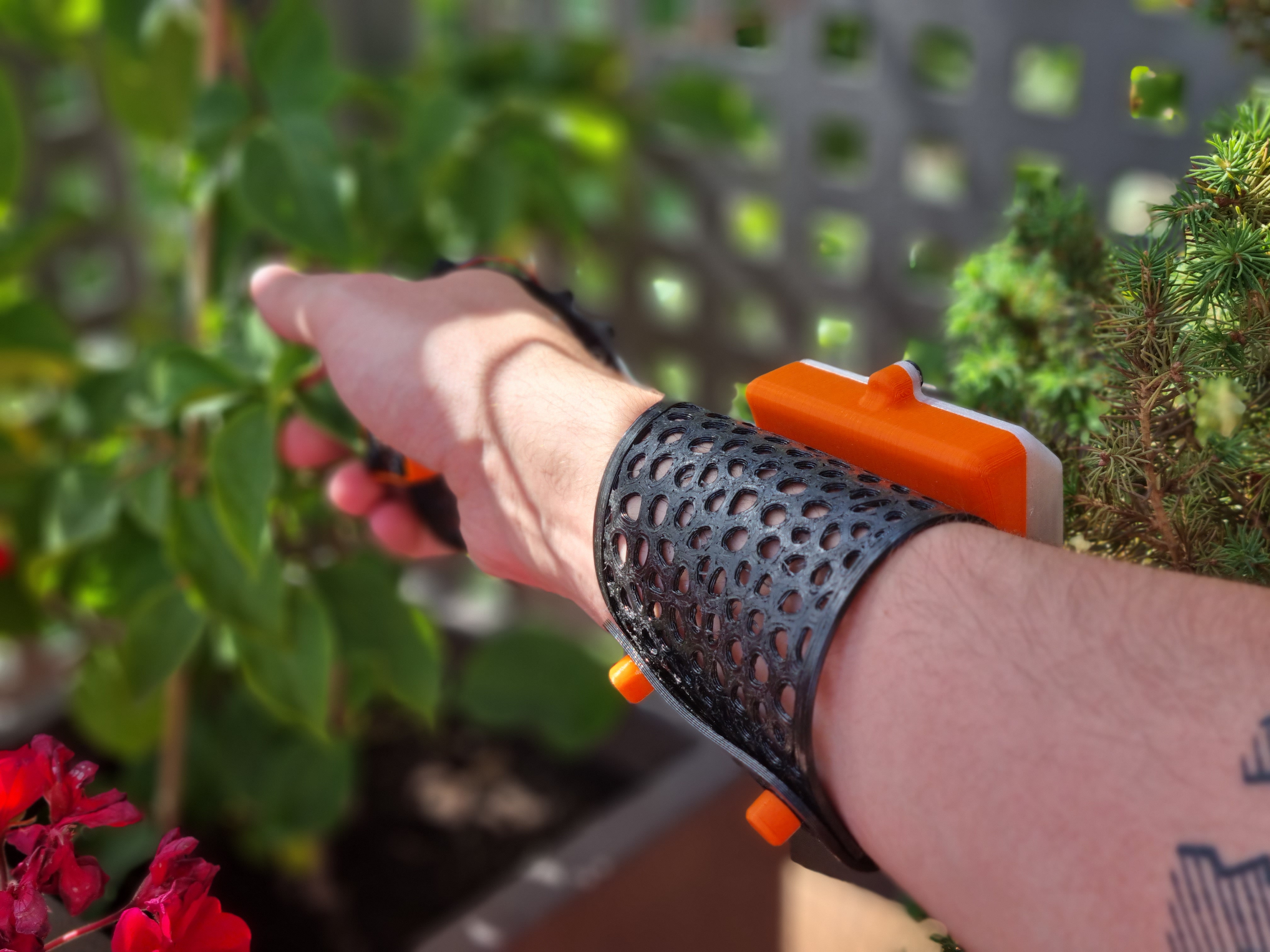/reflection_as_a_design_tool
(23_january_2022)
The first session of this second term Design Studio was an introduction to what we will be
doing and working on. Mariana and Oscar presented to us the structure for the sessions and
the main objective for this term: "Take a further step into our projects, focusing on finding
and growing our communities of practice and developing interventions in the real world". As
they explained, now is not a moment to explore different topics anymore as we did during the
first term, but a moment to start building the real foundations of our project.
Mariana also gave us some tips for this term regarding the project: work with other people,
document for you and for others, not to think about failure, perfection or feeling lost, keep
reflecting, commit to your values and let the project flow. I think all these recommendations
are of a high value, they help one understand and take perspective.
Finally, Oscar talked about decision making and being reflective of why do things happen.
Taking a look back one can figure many things out and this can lead to acting differently in
the future. At class, each of us commented 3 things we had done differently compared to past
projects and I found really interesting seeing how we are all getting out of our comfort zone
and exploring different ways of working. So, related to that, our task for this week is a
reflection about everything that has happened so far or, in other words, a summary of our
journey until now. This is the result of this deep reflection:
On the other hand, for the task fo this week we were asked to update our Design Space and add all the important information for this second semester. In my case, I restructured the whole space, connecting different ideas I'm interested in and also adding more resources and communities I can work with. In this updated Design Space I also added all the interventions and experiments I have been working on so far, and also started thinking of the next actions I can do towards my project.
This is the updated version of my Design Space.
_________________________________________________________________________
/intervention_on_the_street
(06_february_2022)
The last session of Design Studio put the main focus on the realisation of interventions and
actively experimenting with embodied actions related to our topics. Oscar emphasised the words
from Laura Forlano about "What if..." questions (you can check the summary of the talk here), that
provoke an instantaneous need of answering by doing something to prove it.
Furthermore, Mariana showed some examples of what an intervention could be beyond a workshop,
such as co-designing, documenting new habits, designing an experience or a methodology, etc. She
also presented some interventions from the last year, every single one different from each other,
to give us some ideas of what our interventions could be.
In my case, I have started some interventions in parallel related to the main subjects I am
interested in: generative design, trash and object mutation. The one that I have been focused on
the most and that I'm presenting this week is the one below.
.checking_the_trash
This intervention had the aim of getting to know what every day gets thrown on the streets of
Barcelona. I have been wanting to work with trash for a while now but I still didn't know which
kind of objects, furniture, devices, materials I would be able to find on the streets during the
trash collection day.
During the last weeks, I have been checking the map of recollection for each neighbourhood and
have been walking around looking for the things people left on the street. Apart from the objects
themselves, I also wanted to see the differences between each neighbourhood concerning the quality
of the objects and their state, the amount, the style (old-fashioned or modern), etc. This is the
documentation from the intervention:
After this intervention, I got to some conclusions regarding the trash on the streets:
- Objects thrown are generally made out of wood or wood conglomerates. There's people who take the metal parts from the objects. There aren't many plastics or other materials.
- Almost every object thrown is furniture like chairs, wardrobes, benches, beds, etc. There aren't many electronic devices nor household appliances.
- The things thrown in each neighbourhood are not really different from each other. The zone of the city apparently doesn't affect the style of trash.
- A big trouble of picking objects from the streets is the transport. Many objects are big and heavy so one has to be prepared for it.
_________________________________________________________________________
/reframing_the_project
(20_february_2022)
I started the second semester with one idea in mind: give second life to objects taken from
trash. I gathered a lot of information about places that do this kind of stuff, explored how
to redesign a broken or obsolete object and tried to create my own designs from old objects
or at least that weren’t functional anymore. However, I was struggling not with the purpose of
this because that was clear, but with how to create something meaningful from the project that
wasn’t only repairing furniture.
After the first intervention and having done the first Microchallenge, I started rethinking
what I was doing and what I wanted to do during the other half of the master’s. I had another
crisis with the topic because, in the end, I couldn’t find an objective that mixed picking
furniture and household appliances from the street and also included the topics I was
interested in. This combined with having a short time to develop each intervention and the Fab
Academy tasks made me stress a bit too much. I didn’t find time to pick something up from the
street, redesign it in a different way, or place it somewhere...
In any case, I know developing something like this is not impossible, but I was feeling less
motivated every time, and at the same time my interest in wearables was increasing considerably
again.
After reflecting intensively I decided to return again to the topic I had chosen at the
beginning of the master’s, now approaching it in another way. I returned to the wearables,
the prosthetics and the fact of extending human capabilities with tools or devices attached
to our bodies. However, this time I was sure I wanted to do something with electronics
(because I wanted to learn about it) and also put aside the generative design topic.
My project then put the focus on creating tools to extend human capabilities in regard to the
environment, using parametric and computational design, electronics and sensors and digital
fabrication.
_________________________________________________________________________
/thimble_tool
(06_march_2022)
I started exploring how we could use our body as a tool by using complements attached to our
extremities and articulations. I wanted to give our bodies more functionalities and adapt to
the environment.
During an inspiring talk with Tomás Vivanco, we came to the idea of creating some gloves that
could have tools such as screwdrivers, tweezers, scissors, etc. and transform our hands into a
Swiss knife. The aim of this concept was to experience how it would feel to have these tools
directly attached to the body, see if it is practical, and check other possibilities of wearables
and tools.
I worked on a concept of a modular thimble that had to be placed on the index finger, and to
which you could attach many different tools and utensils.

I designed the part and also some tools and 3D printed them. Since the hole on the thimble was a normalized hexagon, one could use any other screwdriver end. To see how the experience was, I let my family and friends use it to see their reactions and conclusions. I was also creating more tools and ends for other situations.
After this experiment, I got to the following conclusions:
1. The wearable needs to adapt to human behaviour, not the opposite. People seemed to be uncomfortable when using it because they had to change their normal behaviour.
2. It needs to be adaptable to any person. If we want to be inclusive, we need to design an adaptable wearable or at least many versions of it in diverse sizes.
3. Modularity helps. Being able to change the end gave the wearable much more sense and functionality. It also made the thimble more inclusive because the tool can be customized to the person wearing it.
4. It has to improve human capabilities. Sometimes, using this tool people felt restricted and constrained by the thimble itself.
_________________________________________________________________________
/extended_organelles
(27_march_2022)
For this intervention, I teamed up with Vikrant. The project started out of curiosity about
combining prosthetics, experimental fabrication and ways of developing tools. The ideas explore
how the addition or elimination of senses could change the experience and trajectory of our daily
lives. As the name might suggest, these prototypes are simple (yet digitally complex) extensions
to our everyday body parts.
The basic points of curiosity revolved around making different electronic components and systems
communicate with each other using sensors. Sensors were used to derive inputs from objects that
don’t radiate extractable digital data normally. The research simply aimed at exploring and
extending possibilities that the human body offers as a tool.
This intervention consisted of a codesign session where people imagined, sketched and prototyped
wearables based on certain inputs. Participants were divided into different groups and were given
three cards, each of them with a different topic: age group, type of sensor and random trigger.
Later, they had some time to ideate and conceptualize a wearable taking into account the three
cards.
The aim of this project was to create some examples of how wearables could be in different realities.
Since we wanted to keep exploring this topic, we wanted to see what other people and designers would
do if they had to think of a wearable design, and how would they empathize with people in other
contexts.
The whole experiment worked out really well. In the beginning, participants were puzzled by the
weird combinations of cards given to them, but quickly they managed to brainstorm some ideas and
find one possible solution to the situation. The ideation phase lasted for 10 minutes, then they
started prototyping with the materials we had brought for them.

The second phase converted those ideas into prototypes. Of course, they were not functional, yet
they gave a better idea of how the wearable would work. Some of the groups went more practical,
some others more artistic, and each of them used the materials in one or another way. The results
though looked fun and taking into account the short time of the activity, were quite well-developed.

To sum up, this intervention helped us see how people would empathise with other realities while designing from an embodied perspective. It was an inspiration for us, and it gave us some input ideas that were useful:
1. Design to artefacts to connect people.
2. Wearables as a way to hide someone’s identity.
3. Placing wearables anywhere (shoe sole, shoulder, etc.).
4. Combining functionality and aesthetics.
_________________________________________________________________________
/alternative_present
(29_march_2022)
With the latest interventions I have made around wearables and environmental sensing, I believe
I am creating an alternative present where people have more tools in their bodies to interact
with the environment, thus expanding human capabilities to perform certain tasks.
At the same time, I am also creating a present where technology is used not to isolate us from
reality (as most of the electronic devices we use in our daily lives do) but to perceive more
of it, or perceive it differently from the way we know it now. A present where we become aware
of things that are not obvious, receiving more information from everything around us. This idea
focuses at the same time on going against the Metaverse, a virtual reality that is not very
inclusive and that totally isolates people from the physical reality, which is the one we live in.

The alternative present that I am creating at the end is based on giving importance to our
environment and on feeling, experimenting, playing, and empathising more with our senses and
our abilities.
The project also has a social purpose with respect to people who are limited due to a physical
disability, thus promoting tools that are accessible to everyone and that, when applied in
certain contexts, can mean an improvement in the capabilities of these groups. The bracelet,
as we have mentioned, could help blind people to receive more input from the things they touch,
being able to identify the colour of objects through sound.
_________________________________________________________________________
/vision_&_identity_update
(08_april_2022)
For my vision of the future in relation to myself, I feel I’m getting more and more aware of
different realities every time and I’m gaining experience and forming a profile based on design,
engineering and ethics. I know I still have a lot to learn, and I’m trying to open my mind and
take in all the knowledge I believe is relevant to me and my future. In the end, I have the same
values as I had before, so I’m building my profile on top of these ideals that I commented at the
beginning of my master’s.
I know I have a lot to offer to the world. I’m ambitious and hopeful in regard to my future. I
want to use all my knowledge and skills to make a difference and design always for a better
future, for equality and empathy. Not for the ego but for eco. I joined this master’s program
to keep learning about other disciplines, to be able to experience and try out different stuff
and thus become more multidisciplinary and wise.
I’m also learning about incorporating art into my designs. I think this experience has helped
me open my mind to this topic, and I’m learning to create things just for the sake of making art,
making people feel and get emotions. I’m giving more importance to the perception and leaving a
bit aside from the strict functionality of each project.
Finally, I think we need to get back to the concept of being happy and living in harmony, now
that we are just thinking about working, being productive, completing the tasks, etc. We need
to work on our emotions and work on empathy. This is the beginning of everything.